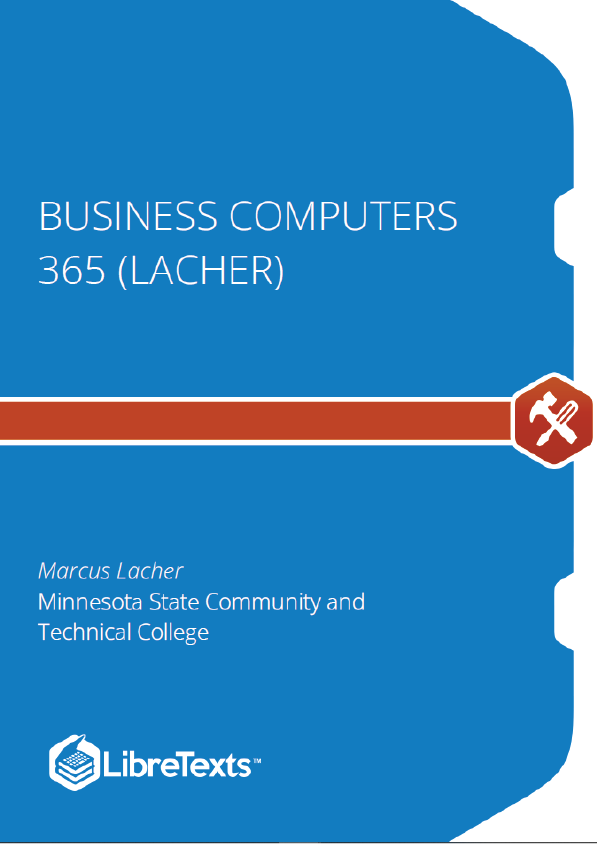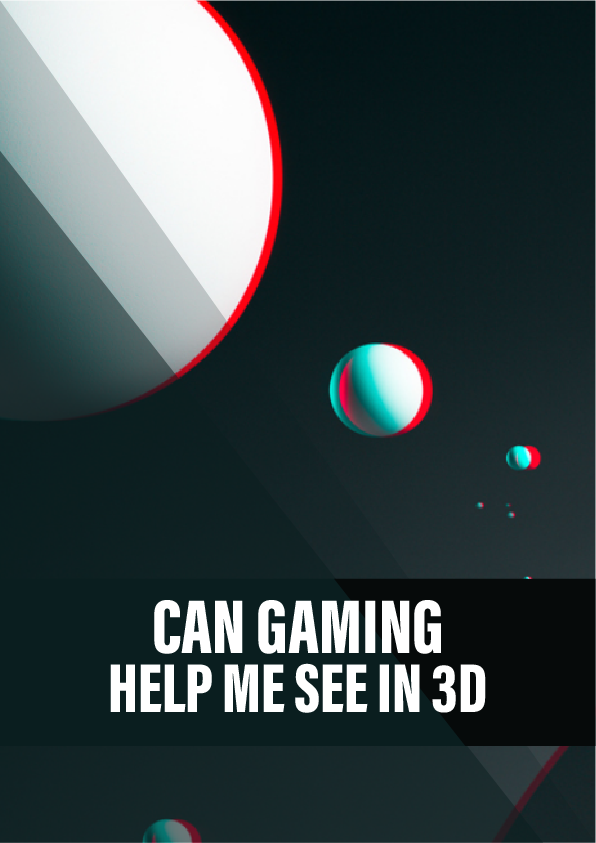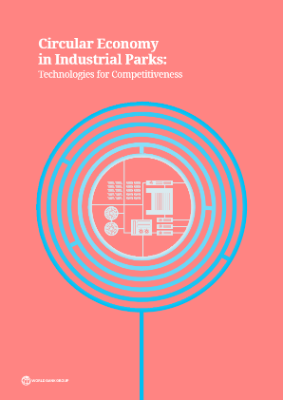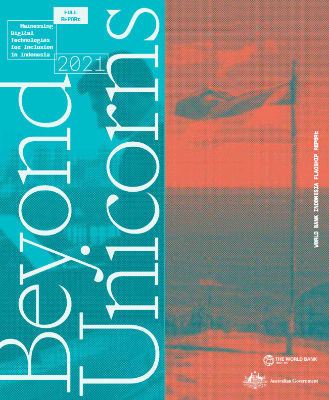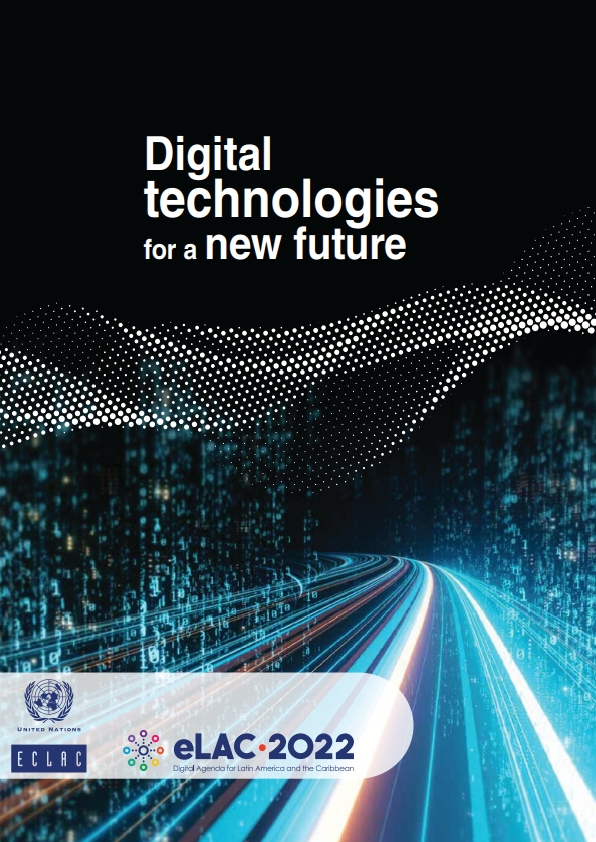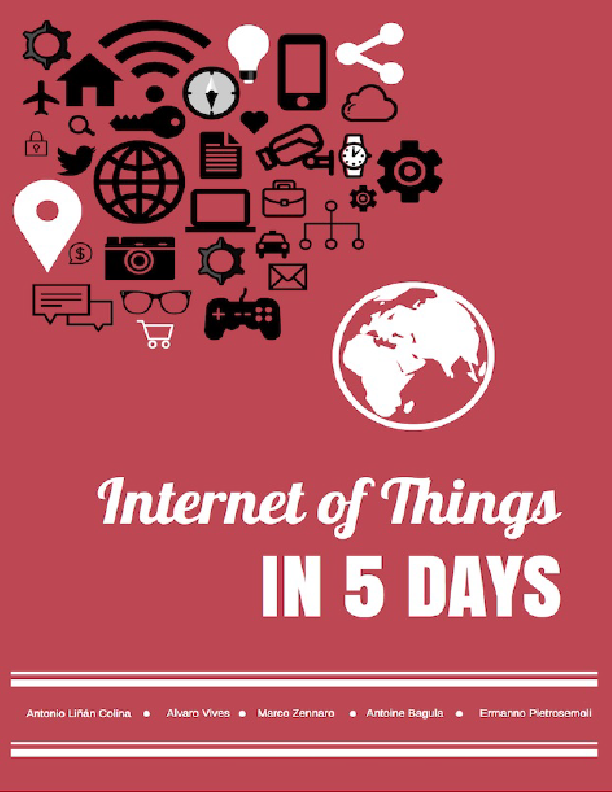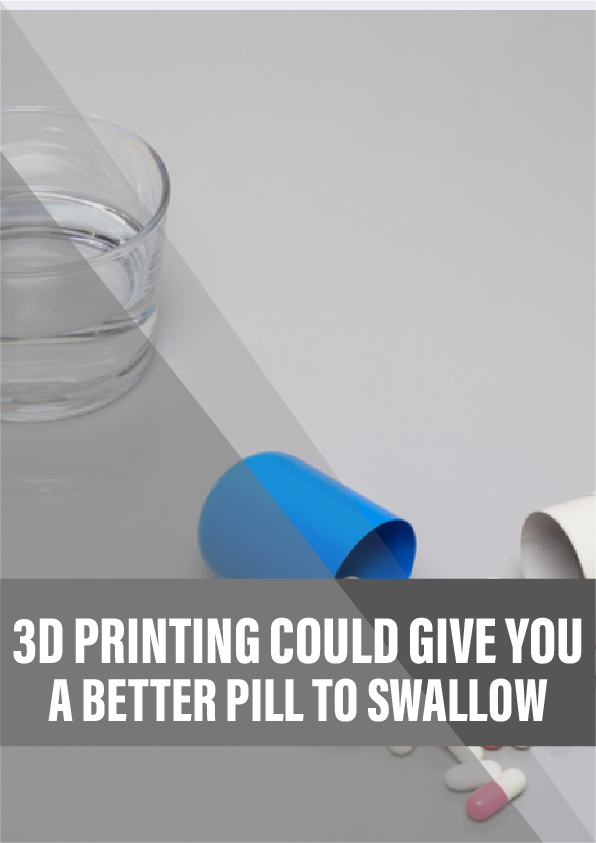Computers were originally created for military, scientific, government and corporations – organizations with one common characteristic – large budgets! Fortunately, since the early days of computing, computers have simultaneously become more userfriendly and affordable giving rise the era of personal computing. In 1977 Steve Wozniak and Steve Jobs debuted the Apple-II personal computer. However, it wasn’t until the early 1980’s that IBM introduced their personal computer (PC), and the personal computing era really became legitimate. Personal Computers (PCs) are best described as small, inexpensive computers designed for individual use. Each of the following are examples of personal computers:
Desktop computers – designed to utilize a consistent source of electric power, these computers fit on or beneath a desk, and therefore are not intended to be portable. Most desktops contain several peripheral input and output devices intended to extend the computing functionality.
- Laptop and Notebook computers – portable computers that utilize a battery for power. Consist of a separate display screen and keyboard in a single unit. Contains a hinged lid that closes the screen onto the keyboard for easy portability. Some screens are touch-activated displays.
- Tablets – thin mobile computers with touchscreen displays. Typically, larger than smartphones, tablets are ideal for reading eBooks, surfing the Web, and watching videos.
- Smartphones – pocket-sized mobile phones that combine voice, text, e-mail and personal computing into a single device that can access the Internet and run a variety of third-party software components, known as apps.
Modern desktop and laptop computers are generally either PCs, usually running a Microsoft Windows version operating system, or Apple Macintoshes, which run Apple’s proprietary operating system (OS) software. Various versions of the Linux OS also represent a relevant share of desktop and laptop users on a PC platform. However, according to several industry analysts, Microsoft’s Windows is the dominant OS in terms of shares of users, with estimates of more than half of all users in 2016.
The most popular mobile (tablets and smartphones) operating systems are Android (developed by Google), iOS (developed by Apple) and Windows 10 Mobile (developed by Microsoft).
Computer systems consist of hardware and software. Hardware is the tangible, physical components of a computer, while software is the intangible programs that function on a computer. Basic hardware components include a hard drive for storing data, a processor for performing operations, memory for holding active data, and a motherboard to tie the parts together. Even gaming consoles are considered computer hardware. Software includes computer programs, libraries and data. Software can be categorized as application (most programs), system (operating, utilities and device drivers) and malicious software, or malware (undesirable programs that results in harm or disruption).
The four main components of a computer system are input devices, output devices, processing devices and the storage devices used to store data within the computer system. The flow of data through a computer system begins with either an input device that enters data into the central processing unit which then sends the data to an output device as information. Alternatively, data can be retrieved or sent to a storage device from the processor.
Hardware components that are not an integral part of the central processing unit are often referred to as peripheral devices. Peripheral devices connect with a computer through several I/O interfaces, such as communications (COM), Universal Serial Bus (USB), firewire, and serial ports. Peripherals are usually used for either input, storage or output.
